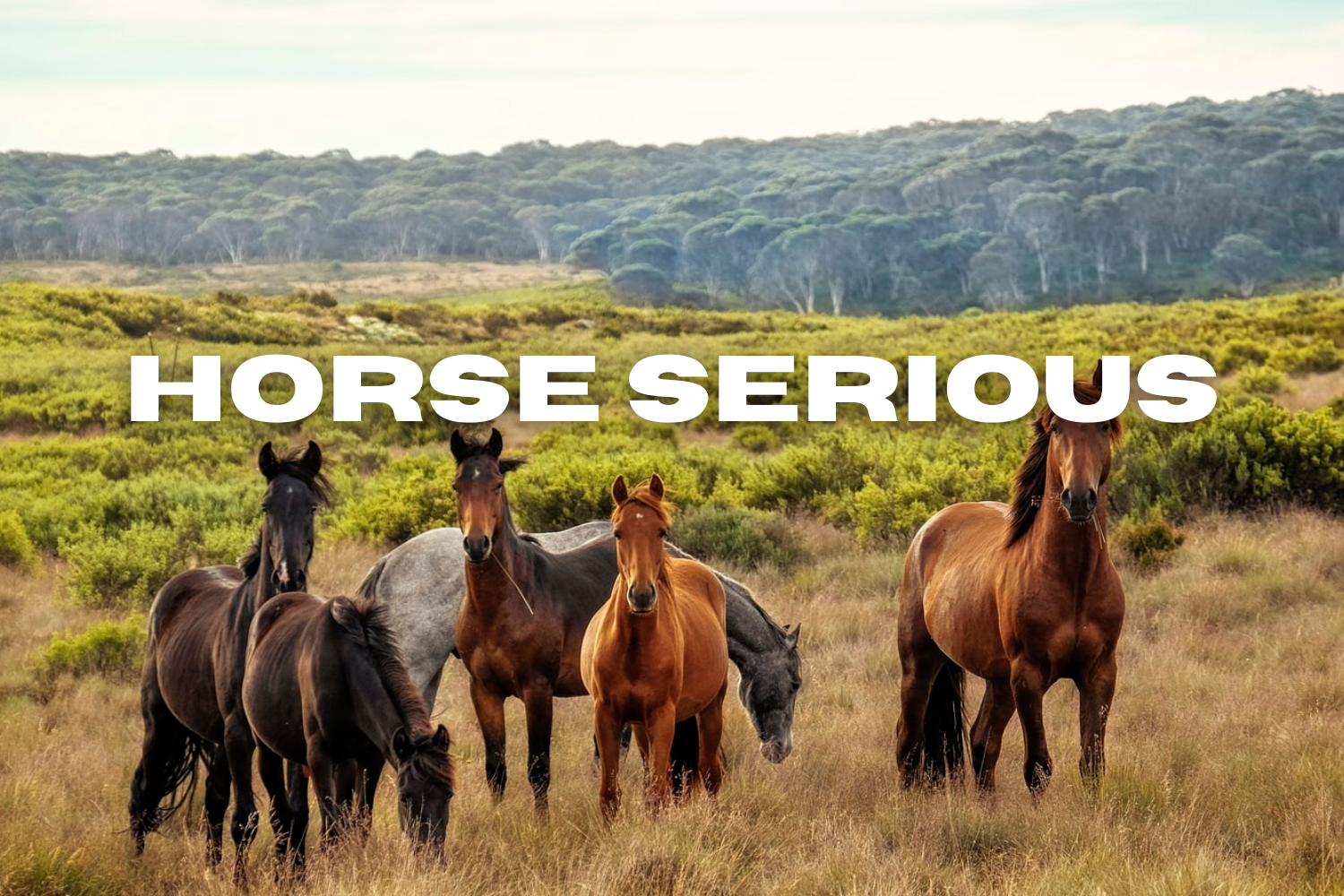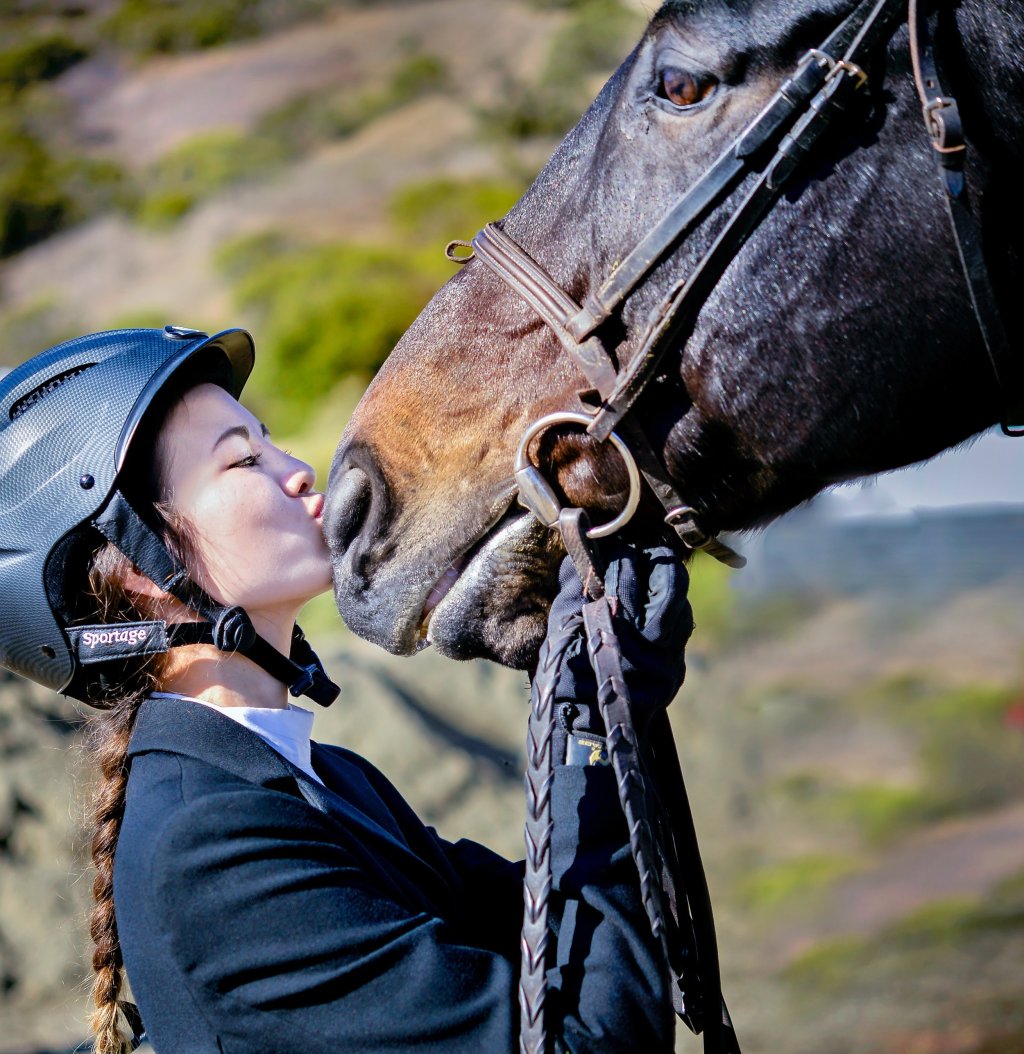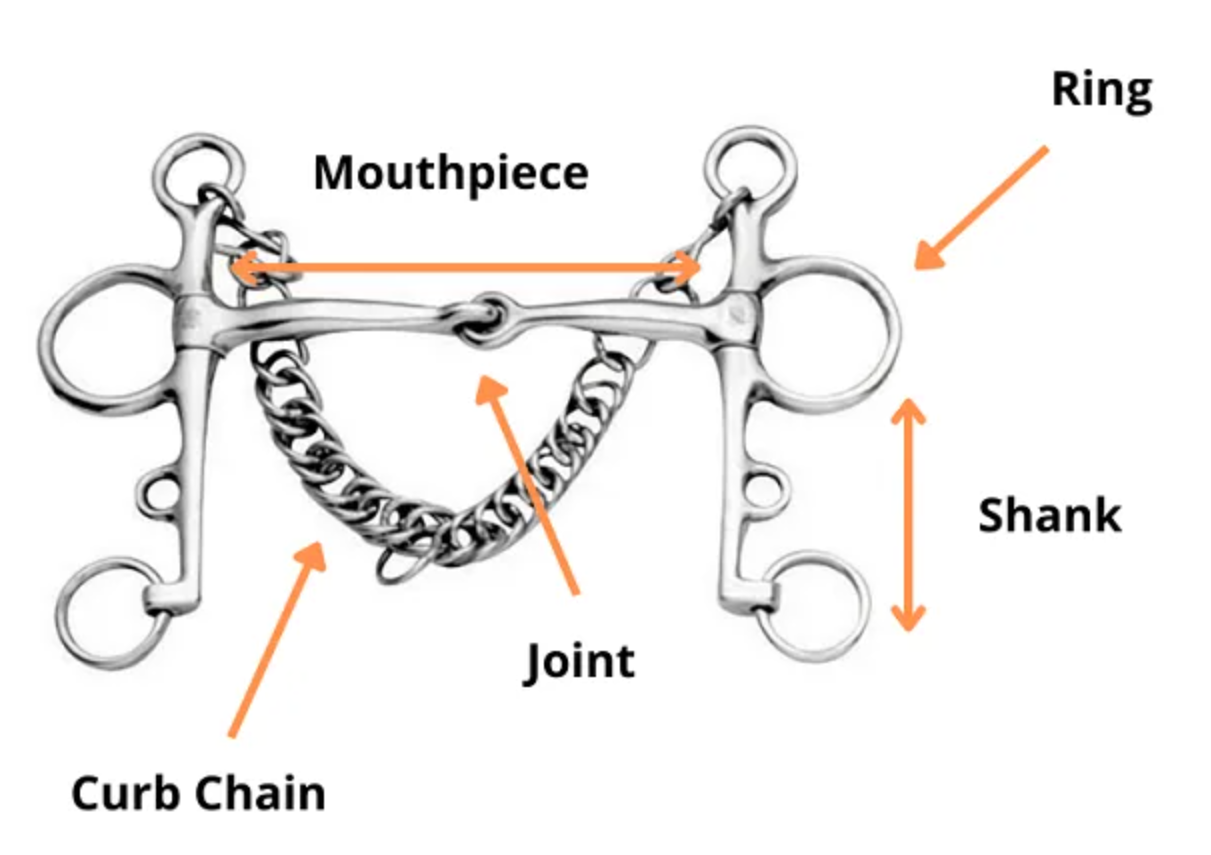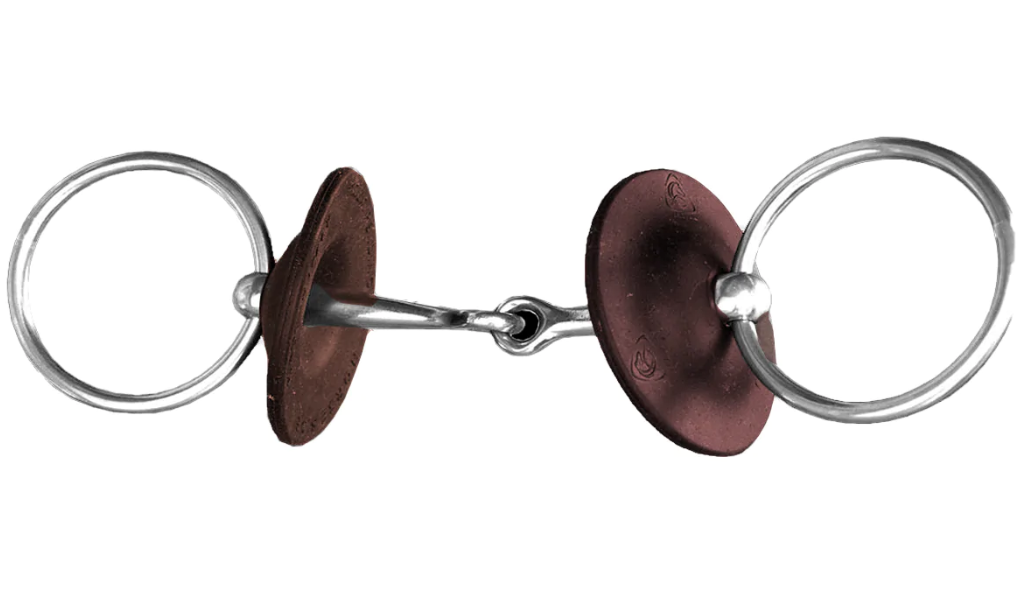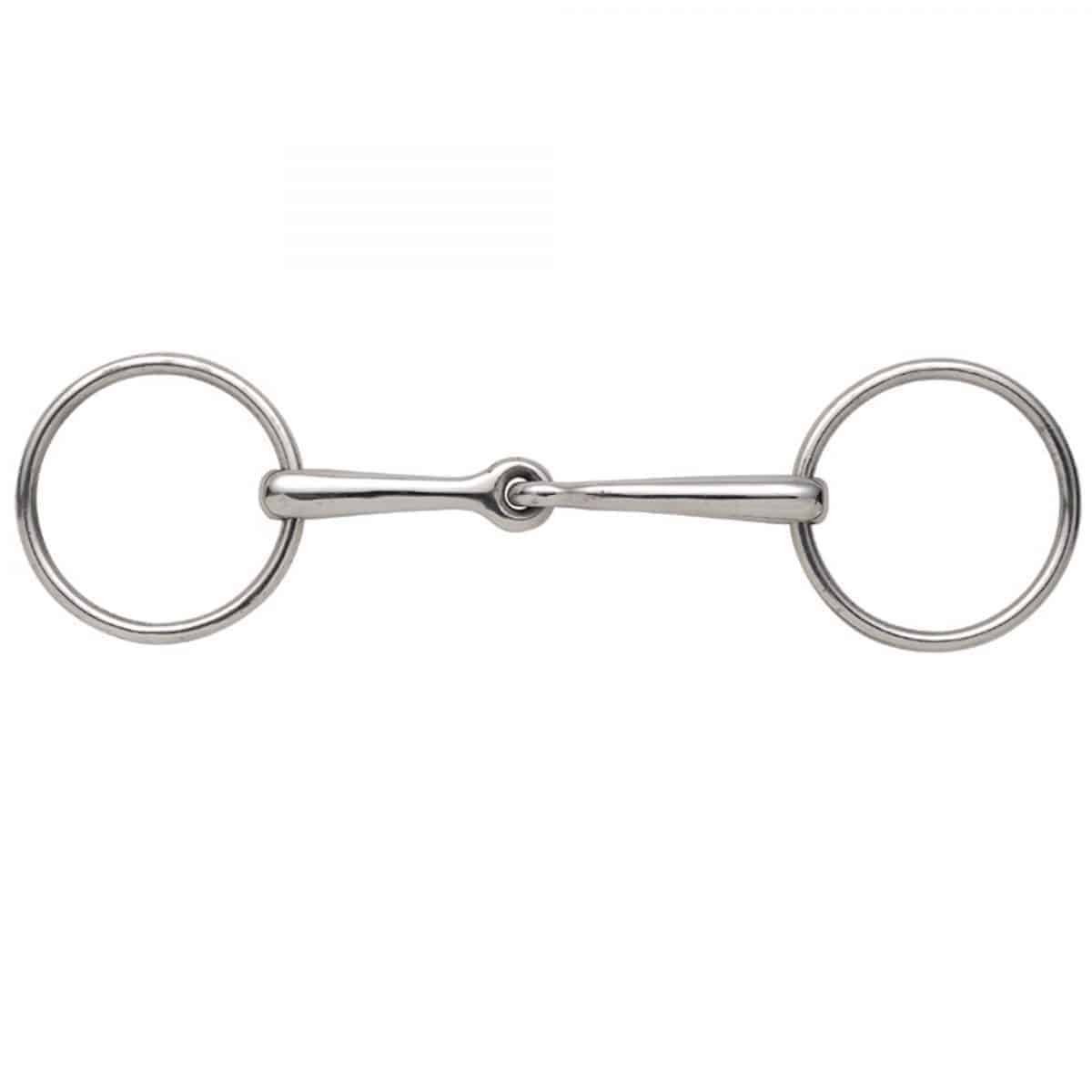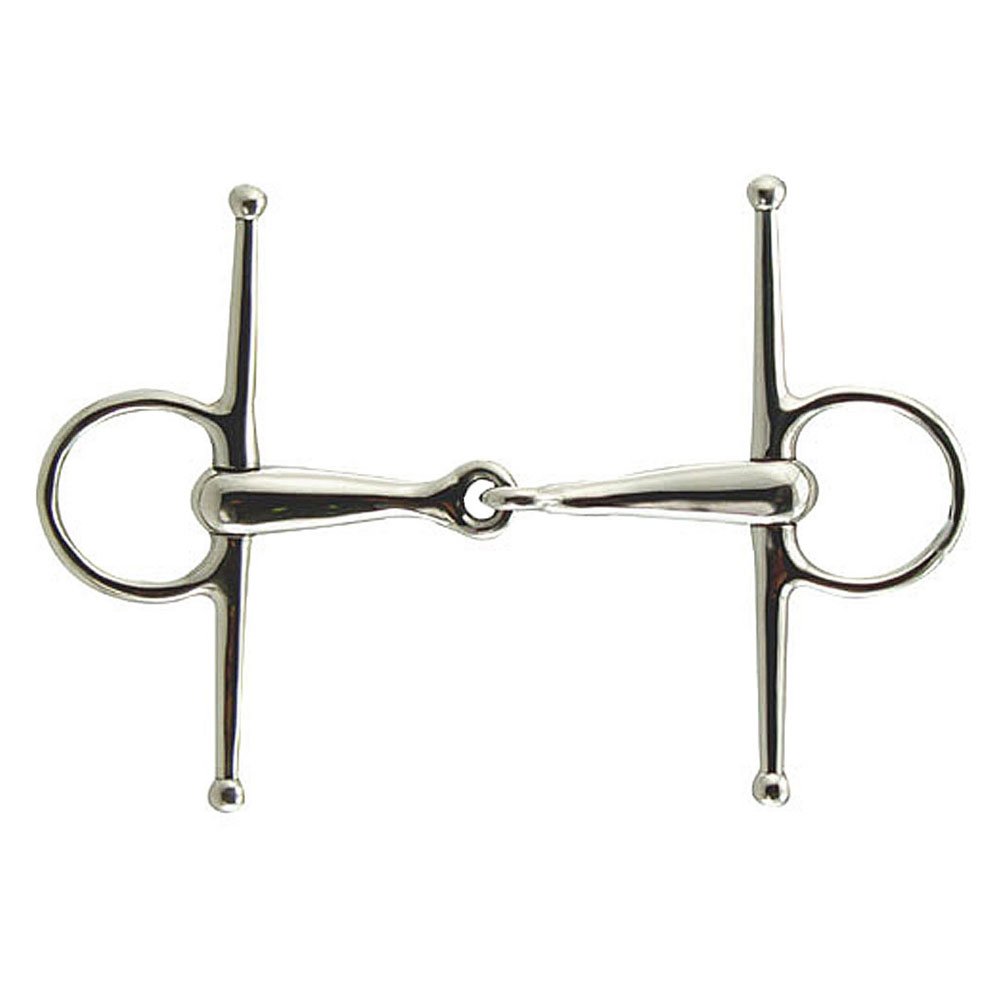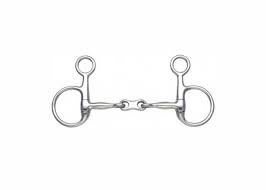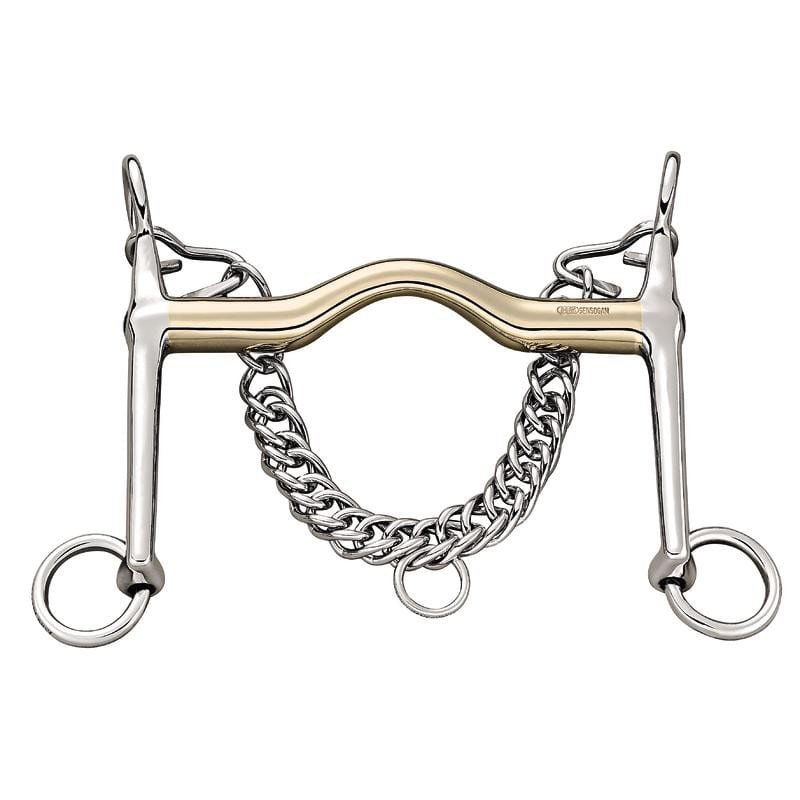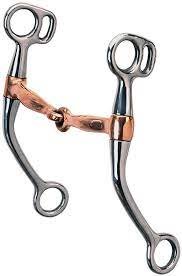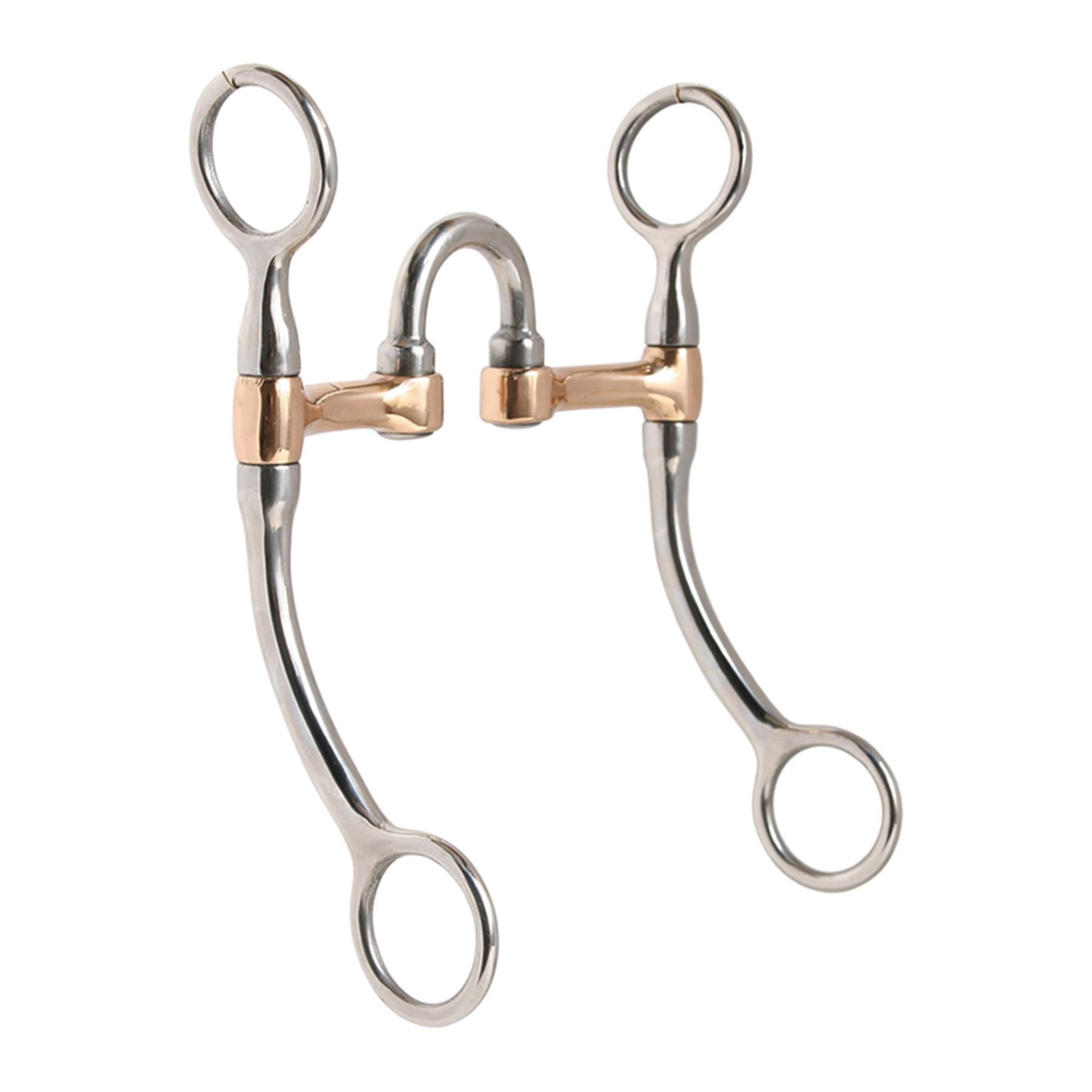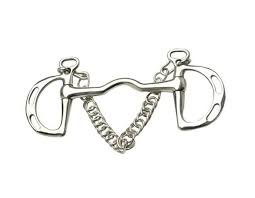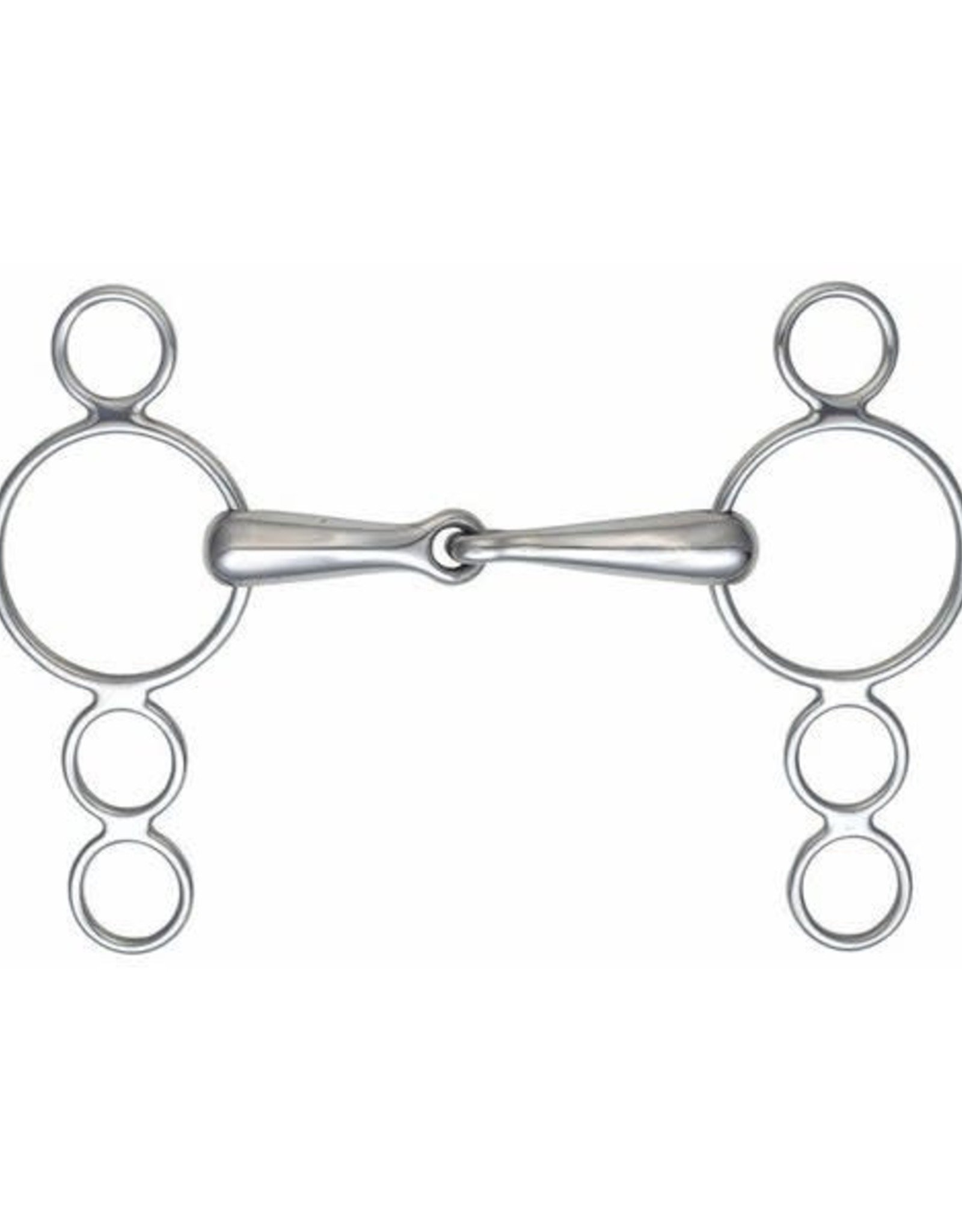There is a lot to know about horse bits, so much so that there are entire books written about them. Horse bits are a very important piece of equipment that almost all riders use to control their horse. It is a direct connection between horse and rider. The use of horse bits dates back all way to 3000 BC by the Botai people of northern Kazakhstan, who were some of the first people to domesticate horses. Still today, most riders use a bit and bridle, although bitless bridles are becoming much more popular.
This guide will go over all the basics of what you need to know when finding the perfect bit for you and your horse.
What Is a Horse Bit?
A horse bit is part of your horse’s tack and attaches to the bridal. It is what controls the horse’s mouth and some of the other movements a horse may make. It sits in the part of the horse’s mouth that doesn’t have any teeth. It can be made from metal or synthetic materials.
What Is The Purpose Of a Horse Bit?
The bit is one of the main tools for communication between horse and rider. The reins connect to the bit and through certain motions made by the rider, will tell the horse what to do. The bit works by applying pressure to the horse’s tongue, hard palate, and bars. It is usually reinforced through other cues by the rider’s legs or weight signals.
Do Horses Like Having a Bit in Their Mouth?
Well, this is difficult to say. Most animals don’t enjoy objects in their mouth, especially if they are being pulled and tugged on. However, through training horses become used to it and are usually less bothered by it.
Are Horse Bits Painful?
Bits can be painful, but that depends on how the rider uses them and what type of bit is being used. Some riders are more heavy-handed which can cause higher levels of pain for the horse. Some bits are stronger which helps control a difficult or stronger horse.
However, when used properly and respectfully, they are not necessarily cruel. It mostly depends how the rider uses the bit.
https://pagead2.googlesyndication.com/pagead/js/adsbygoogle.js?client=ca-pub-3762802995754264
(adsbygoogle = window.adsbygoogle || []).push({});
Horse Bit Terminology
Each piece of the bit has a different job. Here are the most common words you will come across when learning about horse bits:
Curb Chain
The curb chain or curb straps are used with the curb bits. They attach at the top of the shanks and run under the horse’s chin. The curb bits should always be used with a curb chain or strap because it ensures proper and safe action. They prevent the bit from applying too much pressure on the horse’s hard palate. The curb chain also helps to amplify rein signals.
Mouthpiece
The mouthpiece is the part that all the pieces share. It is the part that is in the horse’s mouth and sits over the horse’s tongue, resting between the pre-molars and incisors.
The joint type is the most important part of the mouthpiece. This part specifies the bit’s mode of action and severity within the mouth. The most common joint types are straight/mullen, single-joint, double-joint, and chain.
Shank/Cheekpiece
The shanks are the side pieces of curb bits. They provide the rider with more grip on the horse’s mouth which increases the pressure of the bit. Shanks can be straight or curved and are most commonly made of metal. In western riding, curb bits are the most popular. You can see them decorated with detailed patterns. English riders also use curb bits, especially in dressage.
Rings
The rings stick out of the horse’s mouth and are where the reins attach to. Depending on the type of bit, they can be attached to the mouthpiece or the shanks. There are two different types of rings; loose and fixed. Most horses prefer fixed because they don’t pinch the corners of their mouths as loose ones do.
Guard
A bit guard can also be called a cheek guard. It is an accessory that sits between the corner of the horse’s mouth and the bit. It is often made from soft rubber and prevents loose bit rings from pinching the horse’s mouth. Additionally, they help to provide a better fit when the bit’s mouthpiece is too long.
https://pagead2.googlesyndication.com/pagead/js/adsbygoogle.js?client=ca-pub-3762802995754264
(adsbygoogle = window.adsbygoogle || []).push({});
Different Types of Bits
Now that we have gone over all the basics of horse bits, let’s take a look at some of the different types. There are 3 main types of bit:
-
Snaffle
-
Curb
-
Combination
There are also variations of all 3. Snaffle bits are often the most mildest bit, while curb bits can be the most severe. Additionally, 2 bits can be used at the same time in the horse’s mouth as part of a double bridle.
Snaffle Bits
Snaffle bits provide direct pressure on the horse’s tongue and bars of the mouth. They often have a single-joint mouthpiece, but can be double-jointed or straight. These bits are most commonly used in English riding. Snaffle bits are considered to be the mildest bit, however, that isn’t always the case.
When a snaffle bit is used roughly or has a twisted mouthpiece, it can have a severe impact on a horse’s mouth.
Here are some of the different types of snaffle bits:
Loose Ring
This horse bit is commonly used for training. It has free-moving rings on the side that ensures the mouthpiece rests in a comfortable position The mouthpiece on a loose ring snaffle bit can be mullen, single or double jointed. These bits are good for horses that respond well to the rider’s aid and don’t pull hard.
Eggbutt Snaffle
This bit is a gentle horse bit with fixed rings. The mouthpiece has more of a fixed position in the mouth and ensures consistent contact.
A lot of horses prefer the predictability and comfort of an eggbutt snaffle VS. a loose ring. However, this bit isn’t the best option for horses that lean on the bit.
Full Cheek Snaffle
A full cheek snaffle has long vertical arms that attach to the rings. The arms help to prevent the bit from being pulled through the mouth as well as enhance the rider’s lateral cues. These bits are useful when training young or inexperienced horses that don’t respond well to turning signals.
When pressure is applied, the arms make it more challenging for the horse to escape the lateral rein command. This bit also works well for horses that often avoid pressure by tilting their heads.
Hanging Cheek Snaffle
This horse bit applies mild pressure on the corners of the horse’s mouth. It is ideal for horses that have difficulty turning.
The hanging cheek snaffle’s mouthpiece stays fixed in the horse’s mouth because the bridle and reins attach to separate rings. This then allows the rider to communicate with subtle cues.
Curb Horse Bits
Curb bits work by a leverage action that applies pressure to the horse’s mouth, chin, and poll. It is most common for curb bits to have mullen mouthpieces with a slight to moderate arch in the middle for relief. The shank length on a curb bit determines the strength. The longer the shank means the more amplified the rider’s signals will be in the horse’s mouth.
Weymouth
This type of curb bit has a mullen mouthpiece that might have a port or arch. It is most commonly used in a double bridle. Double bridles are popular in advanced dressage as they ensure a much finer communication between rider and horse. A weymouth bit combines the best of both bits and needs 4 reins so that the bits act independently from one another.
Using this type of bit allows riders to send very subtle but elaborate cues to the horse’s mouth. To use this bit correctly requires many years of experience and training in dressage.
Tom Thumb
A Tom Thumb bit has a single-joint mouthpiece and shanks. It is built to encourage the horse to lower its head by putting more pressure on the poll and tongue. These are also often used in dressage when a rider wants to improve the horse’s head posture. This bit is mildly powerful and should be used by an experienced rider.
Western Correction Bit
A Western correction bit is used for training only. It is designed to correct unresponsive horses by amplifying the rider’s commands.
This style of bit usually has a high port with joints on either side and curved shanks. It is a powerful training bit and should only be used by experienced riders for temporary use only.
Combination Horse Bits
Combination bits are used for direct pressure and leverage action by combining curb and snaffle bit elements. They are generally used for horses at a higher level of training that require more precise signals.
Here are some combination bits:
Kimberwick
This combination bit looks similar to a D-ring snaffle, but the rings on a Kimberwick have two slots for the reins, one is higher and one is lower. Depending on which slot the reins are in, this bit can act like a snaffle or a curb.
This is not as strong as a curb bit, the lower slot offers more pressure. This bit is used in both English and Western disciplines for generally stronger horses.
Gag Bit
Gag bits were originally created from snaffle bits and are considered to be powerful correction bits. These bits are used for short-term corrections, like when a horse pulls or bolts. They are often misused and therefore illegal in most shows and race tracks.
There are several different types of gag bits: dutch gag, elevator, gag snaffle, and Duncan gag. Gag bits are one of the most severe horse bits.
What Is The Best Type Of Bit For My Horse?
Determining the best bit for your horse depends on a few things:
-
Age
-
Temperament
-
Experience
-
Chosen Discipline
-
Preference
You should ride your horse with the least severe bit that still gives you enough control. Choosing the best type of bit takes a lot of consideration as well as trial and error. Consider your own goals, your horses needs and then decide on the type of mouthpiece, rings and materials.
Most horses will prefer a mild snaffle bit, but if you aim to train in dressage or another more demanding discipline, you may need something more intricate.
https://pagead2.googlesyndication.com/pagead/js/adsbygoogle.js?client=ca-pub-3762802995754264
(adsbygoogle = window.adsbygoogle || []).push({});
